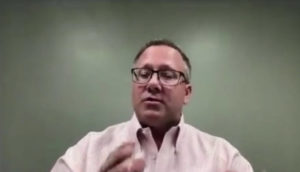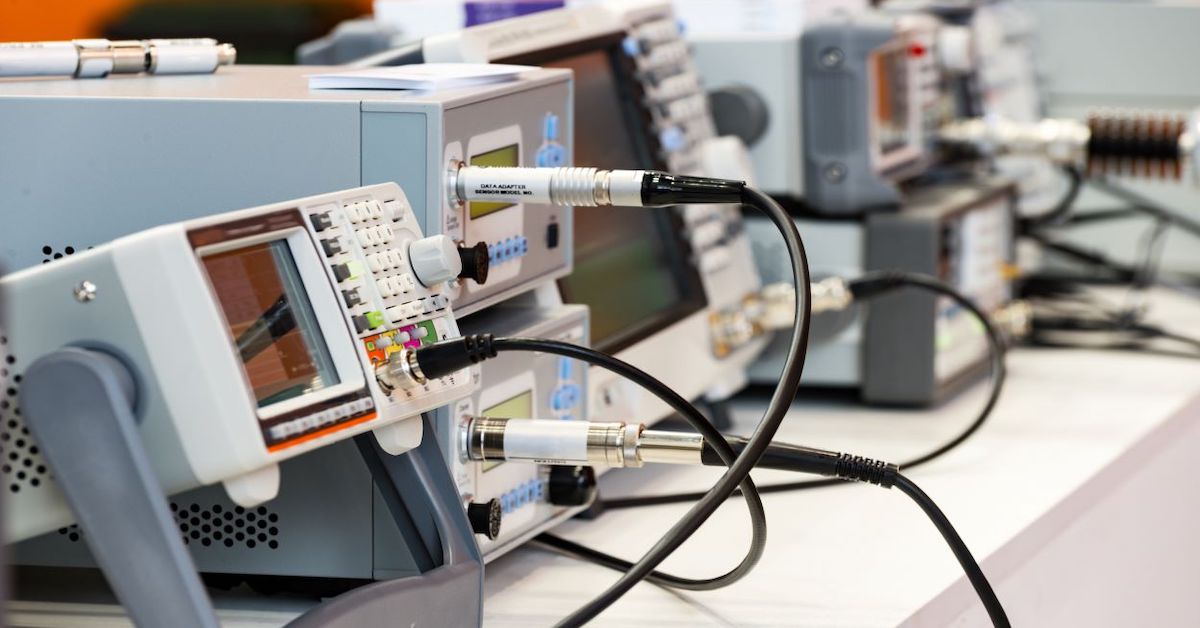

Chances are if you’ve worked around product test for a while, you already know the one bad habit that sets test teams back the most. Hoarding! Hoarding of equipment, labor, support services, and knowledge. Equipment hoarding leads to:
- Ultra-low utilization of equipment, 10% to 20% instead of 60% plus
- Wasted Acquisition budgets, 25% to 50% wasted on unnecessary equipment
- Excessive Calibration and Maintenance costs, 25% to 50% higher due to low utilization
- Growing Repair budgets, 25% to 50% higher driven by obsolescence
How One Company Attacked Hoarding
The company had tried everything to lower costs and increase speed to free up resources to fund and execute new growth programs. They had little luck with methods like value-stream mapping and other common improvement methods. None of these helped them get to the root cause and solve it. Then we came along with a different approach to the problem. At 27:48 of the video Digital Transformation: Asset Management 5.0 learn how one asset management team contributed to their company’s success.
- Time to market reduced 35%
- Costs reduced over 50%
- Funded growth of 100%
Watch the rest of the video for detailed information about how this was achieved. Learn some of what’s in the video below.
Hoarding Cost Go Well Beyond Equipment Hoarding Costs
While equipment hoarding is the easiest to see and quantify, hoarding of knowledge, labor, and support services are just as costly.
When you allow hoarding to go unchecked, you are guaranteed to lose millions of dollars from your bottom line and countless man-hours. However, hoarding is ultimately a symptom of a bigger, systemic problem.
The time and energy spent dealing with hoarding lead to distrust between individuals and teams and lousy working environments and moods that shut down collaboration and invention. Before hoarding can be ended, it must be understood.
Why Test Teams Hoard (Hint: it’s usually the right thing to do)
Test professionals hoard because they don’t trust they’ll be able to get their testing done on time if they don’t. They know from experience that’s what they have to do to get their testing done on time. The ad hoc mechanisms in place for managing equipment and the test process are not trustworthy.
Distrust doesn’t discriminate, and like any other mood, it’s contagious. Test teams also aren’t the only teams with “trust” problems; they just happen to be who we help. Moods of distrust and cynicism, a particularly corrosive form of distrust, also exist in their internal customer organizations and both (often unknowingly) participate in a dance that only reinforces their distrust of each other while it increases costs and thwarts time to market.
When we mention hoarding, people often think of equipment, but we’re talking about much more than that. People and departments hoard any resource they might need – including hoarding things they use to trade for something they might need later. Things that are hoarded include equipment, budget, people, services, and knowledge to name a few.
Distrust is cultural and common across the departments of many large companies. Their rigid hierarchies worked well when marketplace changes weren’t coming so fast. Companies, departments and the people that work in them can no longer sustain their competitiveness without changing and learning how to foster and build trust. Hence, we see many leading companies who’ve been around for a while engaged in “transformation” initiatives. The world has changed and, as they’ve said to me, they have to change or risk becoming the next Blockbuster.
How Can You Tell If We Have a Hoarding Problem?
We focus on equipment hoarding initially because it’s so easy to physically see when you know what to look for. It’s not so easy to see services, knowledge, or budgets being hoarded. We have many funny stories over the years of equipment being squirreled away under stairwells, in ceilings or bathrooms, or just about anywhere someone thinks they can hide it.
We “see” hoarding in the especially low equipment utilization audits we perform. Every place we’ve done an initial utilization audit, equipment utilization is in the 10% to 20% range; equipment owners often don’t believe it at first. If you don’t believe it, walk through your facilities and labs and count those pieces of equipment actually taking measurements and divide that number by the total pieces of equipment in the room; it will make you stand up and take notice.
Initially, I was surprised by how consistently low the range of utilization was until I realized there was a sort of “physics” at work. These “physics” make hoarding and the costs that accompany it inevitable.
The Costs of Hoarding
Hoarding costs time, energy, money, and lost opportunity. The financial consequence, depending on the size of your company, could be millions of dollars to tens or even hundreds of millions of dollars. To explain, we will stay with our equipment example.
Equipment hoarding comes from an understandable place; employees need access to equipment to do their job. When they don’t trust that they’ll have what they need when they need it, they take it, sometimes through “midnight acquisition” from other unsuspecting labs. These unsuspecting victims are then incapable of getting their work done. It costs them time while they look for the equipment. They likely acquire more equipment and hoard it themselves. The company spends more money than necessary because no one understands the issue. The cost of hoarding reduces the investment of time and money that could have been used to bring new and superior products to market. This is dangerous in today’s rapidly changing and intensely competitive global marketplace.
Beware the Vicious Cycle of Costs and Delays
This all creates a vicious cycle of distrust, and the habits that form as a result, like hoarding, continue. People hoard equipment, knowledge, services, and budget, all because they can’t trust beyond a very small circle. The root of the distrust could be anything: they shared something before and “got burned”, they or their team got blamed for something that wasn’t their fault, or poor communication or gossip resulted in a misunderstanding, and trust was broken. This vicious cycle of distrust between individuals and groups diminishes the opportunity for departments to collaborate, share, and increase the velocity of their innovation. Solve this problem, and you can begin down the path of increased speed, cost control, and growth.
Request a Demo

See how Scireo aEAM Software drops asset and support costs by 50% while accelerating time-to-market 2X.
Relevant Content
Equipment Utilization Case Study: Space Company Leverages Assets
The hoarding culture was slowing this company down while impacting cost and quality. See how a journey to common processes and collaboration lead to a 50% reduction in assets as their business doubled.
Case Study: Aerospace Company Drives One Company Synergies
Like many aerospace companies, this one had many sites and different legacy cultures on each. See how they installed common resource management tools, increased utilization 3X and funded new programs.
Stop Hoarding, Start Collaborating, Accelerate Results
Why Do People Hoard? Hoarding is the result of people not trusting they will get what they need when they need it. They hoard test equipment, knowledge about tests, or services required to keep a test environment up and running and compliant…like calibration, repair, maintenance services. They do this because they feel if they don’t…
Equipment Utilization: What’s your number?
Measuring equipment utilization is the best way I know to determine if your assets are being hoarded and, as a result, if your business is incurring all of the costs associated with it. Hoarding creates the need to acquire equipment that’s not really needed and all of the support costs as well. It also causes…
Notable Quotes
“People often talk about change – Paul and his team demonstrated accomplishments in really producing a lasting cultural change in our organization. The ROI (200%+) we produced with The Sente Group led to our team being recognized by the company with an enterprise-level best practice award. Over time the program went on to produce a 4X improvement to utilization and continued ongoing capital and expense savings.”
Director of Engineering, Fortune 75 Aerospace Company









